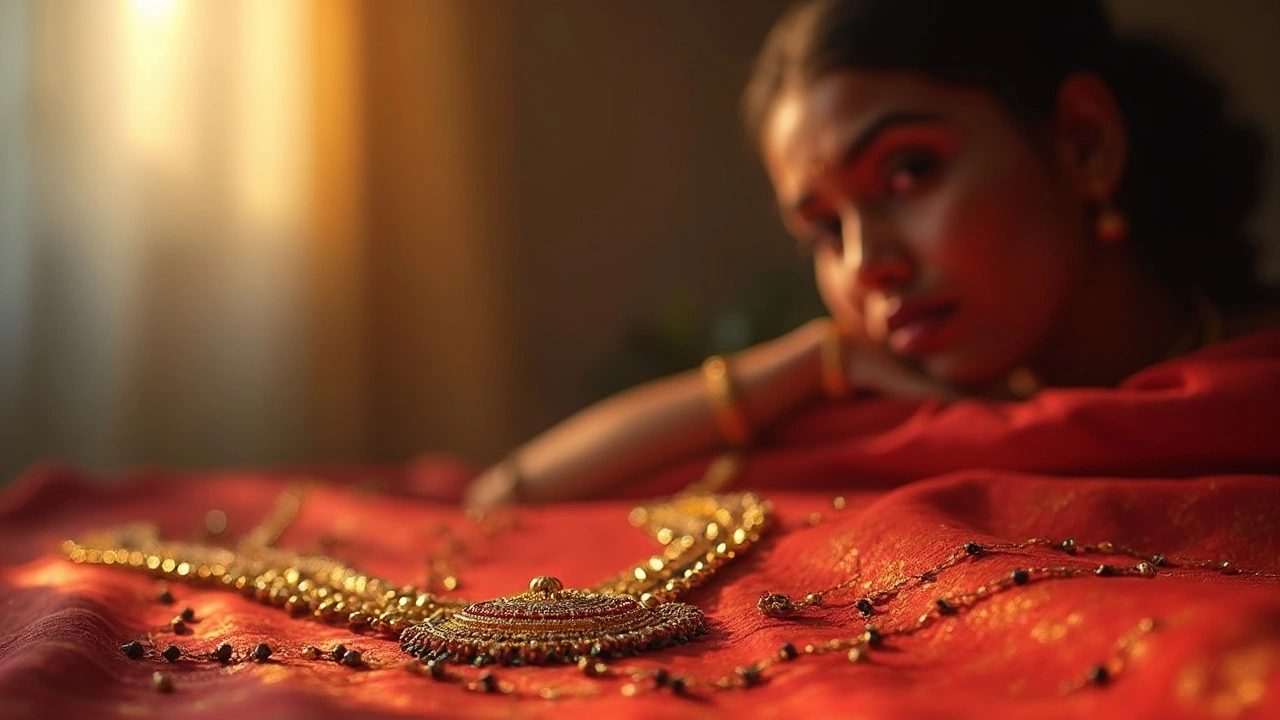
Curious about what it means if a mangalsutra breaks? Uncover the facts, superstitions, and traditions behind a broken mangalsutra and learn what you should actually do.
When talking about Symbolism, the practice of using objects to convey ideas, beliefs, or cultural values. Also known as meaning, it shapes how we see everyday pieces and why they matter in daily life. In India, every ornament carries a story that goes beyond sparkle – a story about family, faith, status, or regional identity. Understanding this Symbolism helps you pick pieces that feel right for the occasion, whether it’s a wedding, a festival, or just a casual outing. Think of it as a language: the necklace you wear can say “I’m married,” “I’m proud of my roots,” or “I’m celebrating a new chapter.” That’s why learning the meaning behind each item is more useful than just following trends.
Take Mangalsutra, a sacred necklace exchanged during Hindu weddings. It signals marital commitment and is believed to protect the couple’s bond. The design often includes black beads or gold, each element adding a layer of protection and prosperity. Then there’s the Nose Pin, a small ornament placed in the nostril, traditionally linked to femininity and marital status. Different regions favor different shapes – a tiny stud in the north, a gold hoop in the south – reflecting local customs and personal taste. Both items show how Symbolism requires knowledge of regional traditions to truly appreciate their role in a person’s life.
Another pair of symbols you’ll meet often are Bangles, stackable bracelets that represent health, happiness, and marital bliss. Gifting a set of bangles during a ceremony is more than a fashion gesture; it’s a blessing for the wearer’s well‑being. The Bindi, a decorative dot placed on the forehead, signifies spiritual focus and marital status in many cultures. Its colors and shapes vary, but the core idea stays the same: a visual cue of inner belief. These pieces illustrate how Symbolism intertwines personal identity with larger cultural narratives, turning simple adornments into powerful statements.
Knowing the stories behind these ornaments lets you shop with confidence and respect. Below you’ll find a curated list of articles that dig deeper into each piece, compare traditions across regions, and offer practical tips for modern wearers. Whether you’re curious about why a bride’s mangalsutra shines, how a nose pin can match your face shape, or what gifting bangles really means, the collection ahead will give you clear answers and fresh perspectives.

Curious about what it means if a mangalsutra breaks? Uncover the facts, superstitions, and traditions behind a broken mangalsutra and learn what you should actually do.
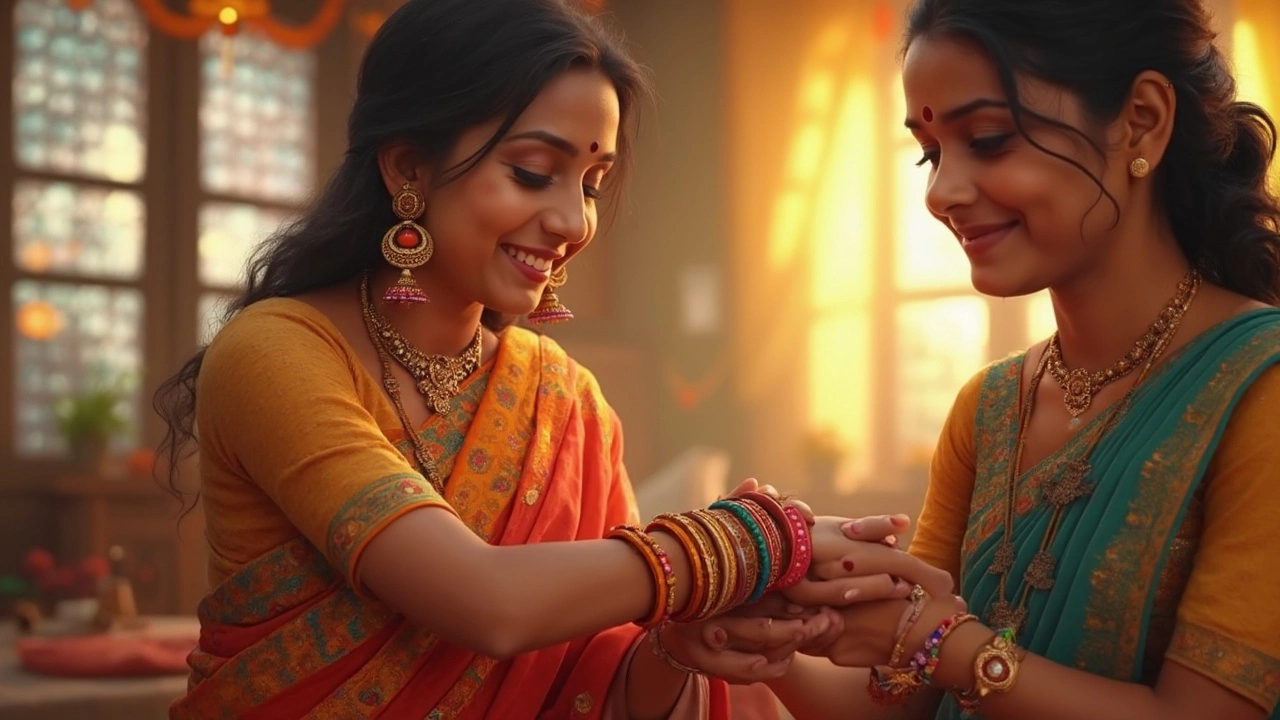
Ever wondered why women in India wear seven bangles together? The tradition isn’t just about looking pretty—it packs meaning, luck, and deep cultural vibes. This article breaks down the reasons behind the seven bangles, from regional customs to what they symbolize for different occasions. Expect easy explanations, fun facts, and weekly wear tips. Plus, learn how to keep your bangles looking cool and meaningful in today’s world.
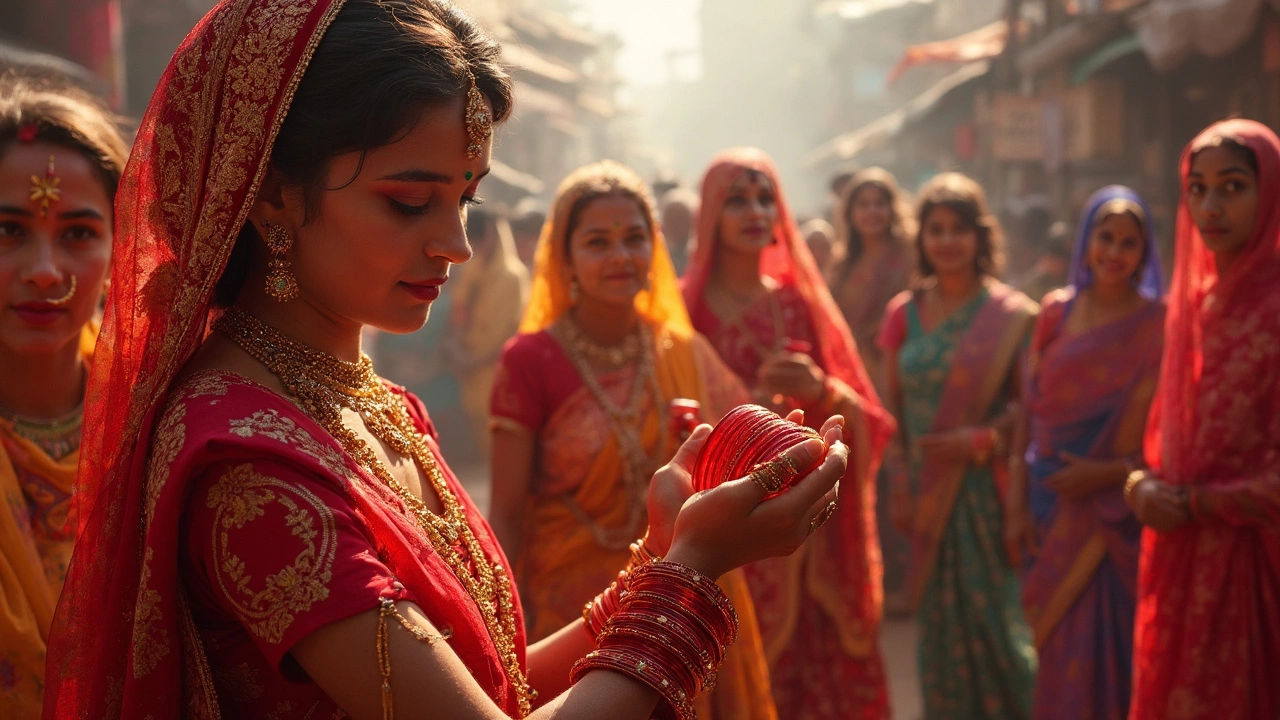
Red bangles hold deep meaning in India, especially for married women. This article explores what red bangles really symbolize—from love to good luck—plus, how customs change from one region to another. Get practical info on when to wear them, what they tell others, and some lesser-known facts that even locals find surprising. Whether you want to understand the traditions or just want tips on buying bangles, this guide has you covered. Discover the real-life stories and everyday relevance of red bangles in India's culture.
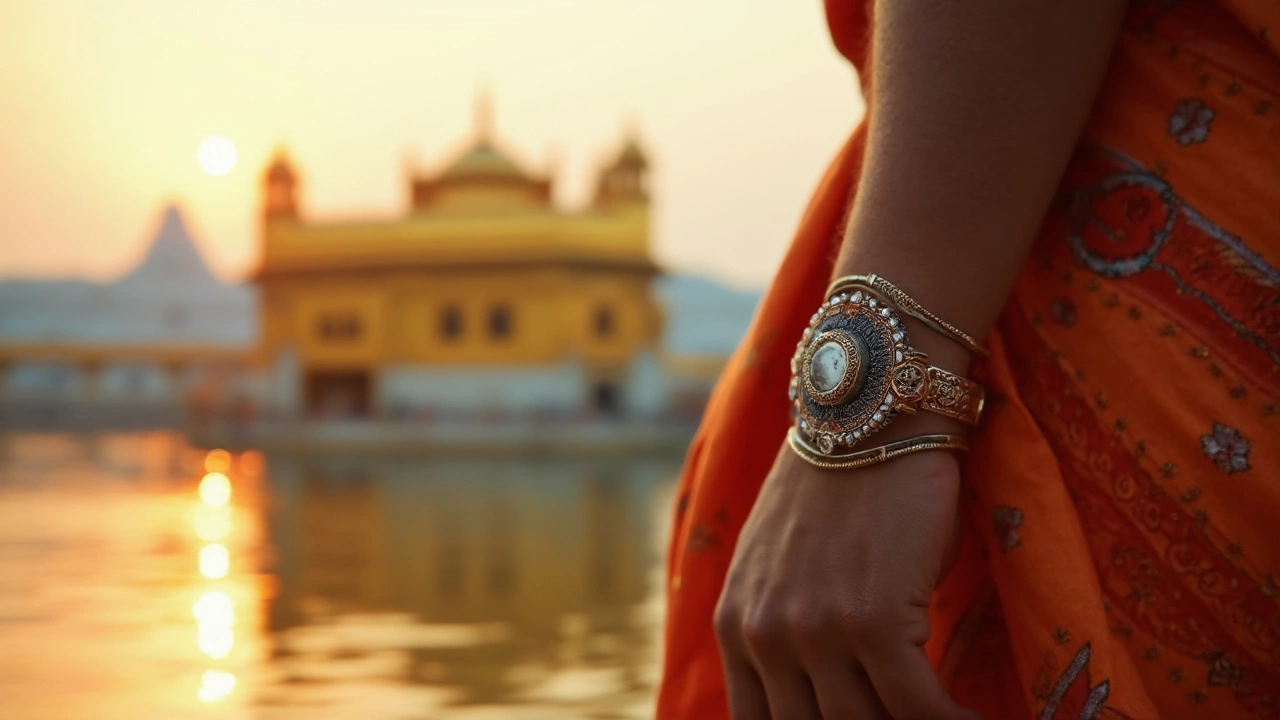
Kada isn’t just a regular bracelet—it carries layers of history and meaning in Indian culture. This article digs into why people wear a kada, what it represents, and how its significance changes across different communities. You’ll find practical info about how to wear it, plus some cool facts you probably didn’t know. If you’ve ever wondered about the kada’s role past and present, you’re in the right place.
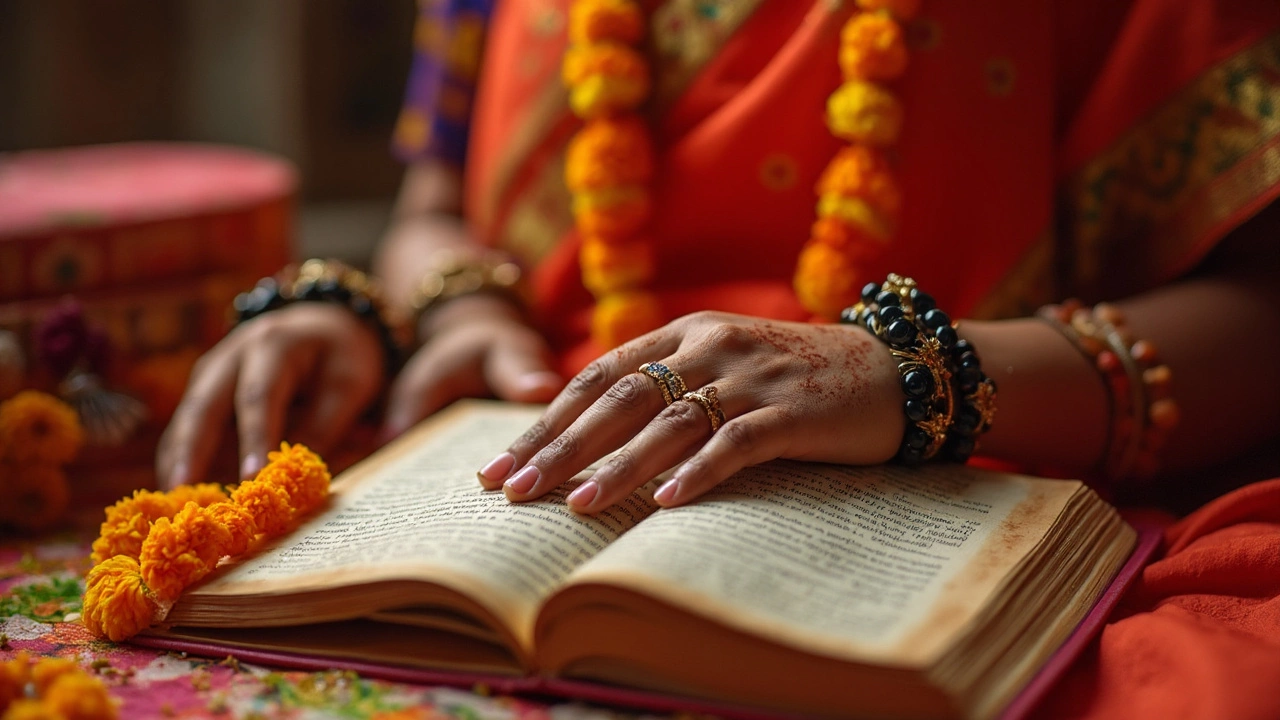
Black bangles aren’t just for style—they pack a load of meaning in Indian culture. People wear them for protection, as markers of tradition, or even as a quiet nod to personal milestones. This article breaks down where these beliefs come from, how different communities see them, and tips if you’re thinking of adding black bangles to your everyday look. We’ll also cut through any myths you might’ve heard. If you’ve ever wondered what slipping on a black bangle really says about you, you’re in the right place.
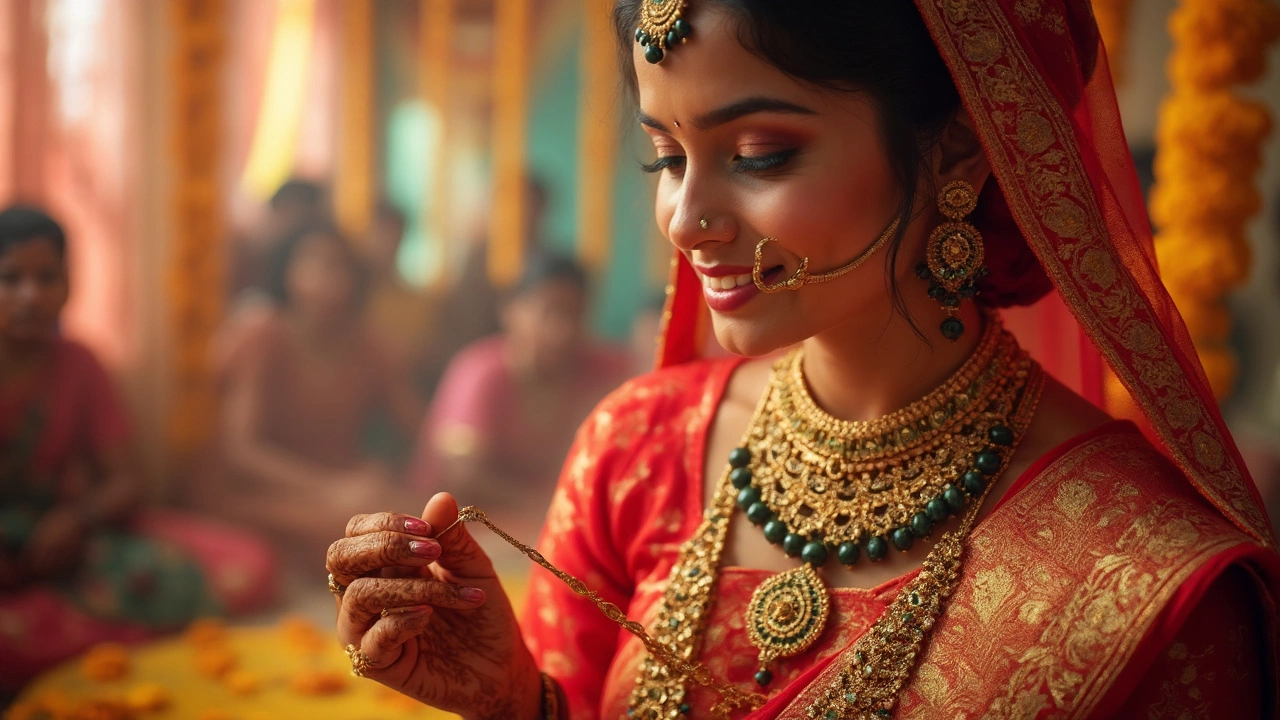
The black beads in a mangalsutra aren't just a design choice—they carry deep meaning in Indian culture. This article digs into why these tiny beads matter so much, how they're believed to protect relationships, and the science behind the tradition. You'll get practical tips about wearing and choosing the right mangalsutra, plus some surprising facts you probably didn't know.
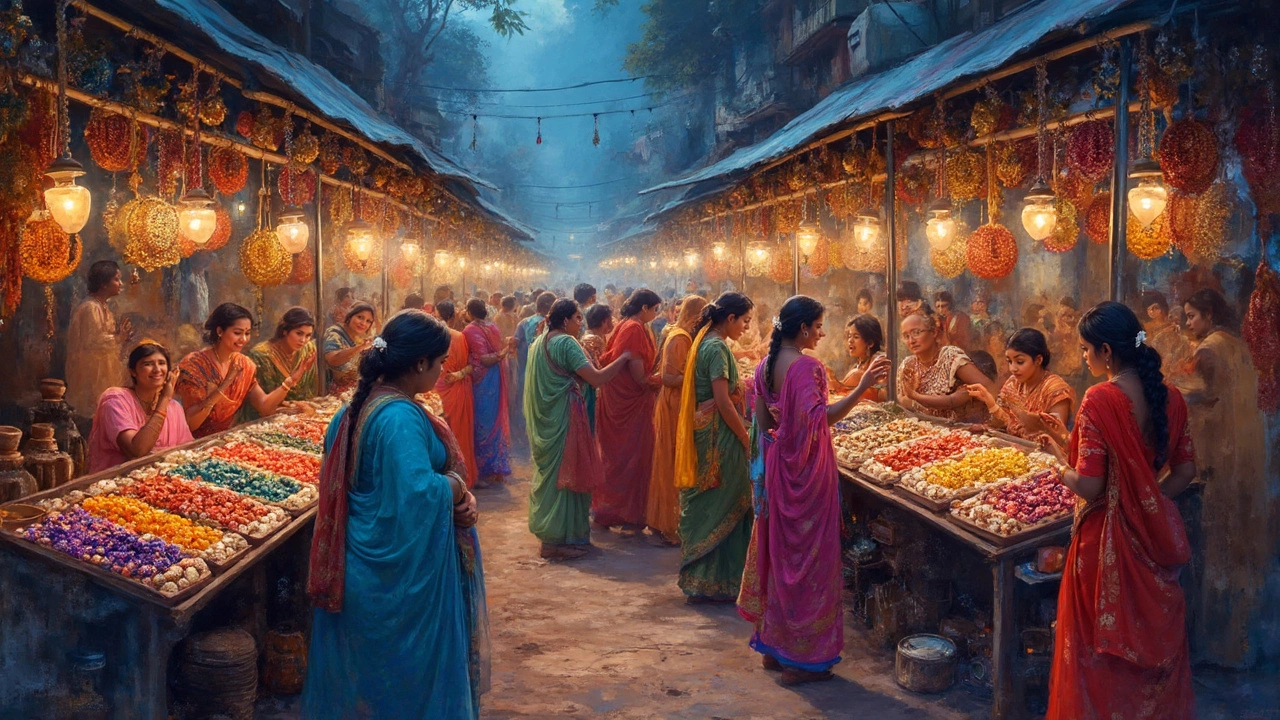
In India, blue bangles hold unique significance steeped in tradition and culture. These bangles are often seen as symbols of tranquility and protection, and they carry particular meanings depending on the region and occasion. Blue bangles are popular during festivals and ceremonies, adding elegance to any outfit. Embracing both traditional and modern styles, these bangles offer a blend of cultural heritage and fashion statement. Discover the intriguing symbolism and usage of these charming accessories.
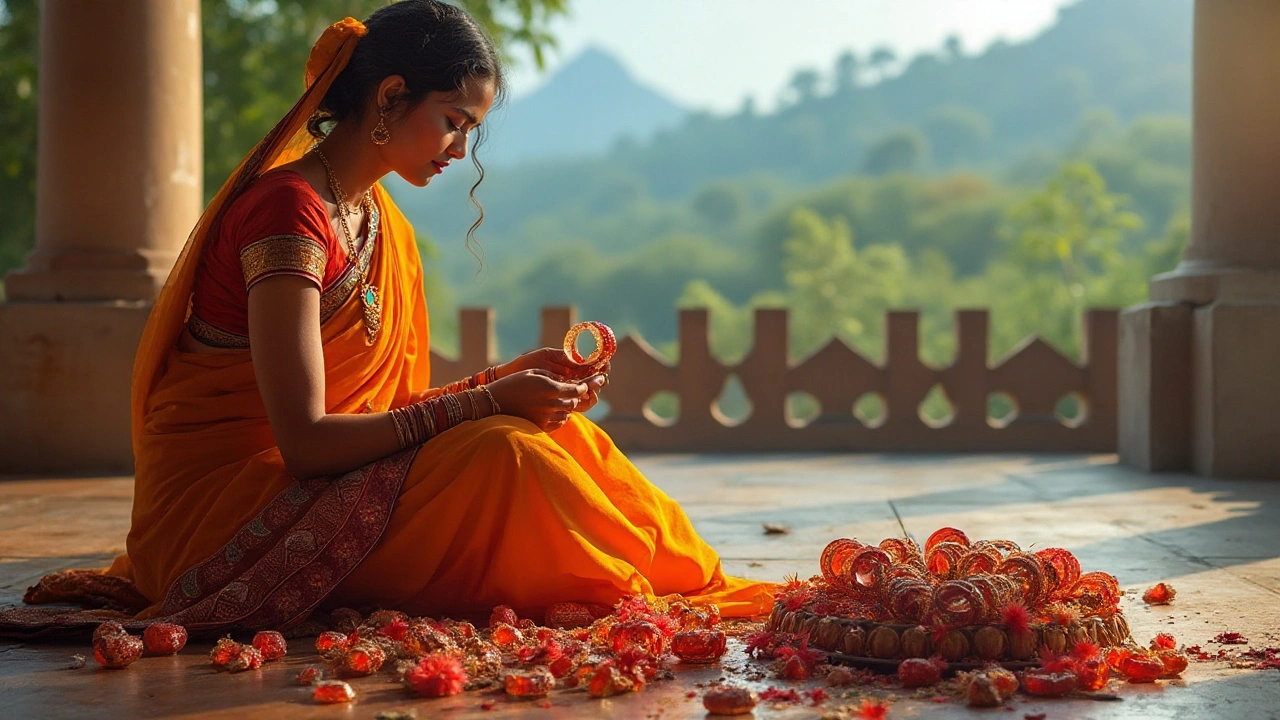
Bangles hold a significant place in Indian tradition, often symbolizing marital status and feminine grace. Breaking bangles can carry varied meanings based on the cultural context and circumstances. Understanding the symbolism and practices around broken bangles unveils a rich tapestry of tradition and beliefs. This article dives into the cultural significance, emotional aspects, and modern reinterpretations of this simple yet profound event.